Small dogs can be so much fun – cute, cuddly, and always happy to curl up in their owner’s lap.
However, many small dogs develop quite severe behavioral problems throughout their lives. Among dog trainers, this is known as “small dog syndrome” – a collection of reactive and nervous behaviors that can be difficult to address if they go on for too long.
Today we will look at which behaviors small dog syndrome consists of, and how you can prevent it from developing in your small dog.
What is Small Dog Syndrome?
Small dogs have a tendency to show high reactivity, incessant barking, and the inability to settle.
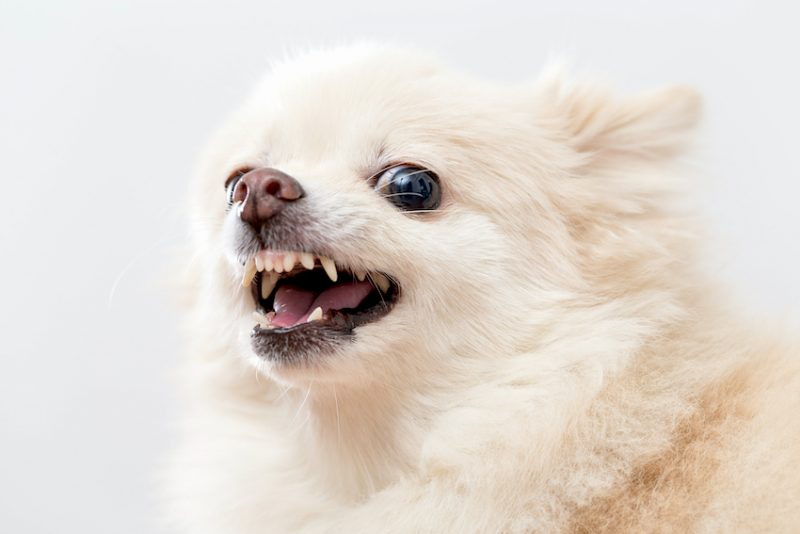
They often have short tempers and can become very aggravated by something as simple as the doorbell ringing. They can also be aggressive (especially when on a leash) or behind a fence.
Some small dogs will even nip and bite whenever they dislike something or someone. It can often feel difficult or even impossible to get these doggos to behave well in public places, when visitors come to the house, or when other dogs are around.
It is important to note that these behavioral problems are not inherently caused by the size of the dog, but instead by the way most owners treat little dogs (this also means that a well-trained small dog will not exhibit small dog syndrome).
What Causes Small Dog Syndrome?
Small dog syndrome stems from insufficient training, exercise, and socialization.
Many owners acquire little breeds in the belief that caring for them won’t be as time-consuming and involved as with a large dog. This is definitely not true!
Small dogs will require the same amount of exposure, enrichment and training as large breeds. In all dog breeds, a lack of time spent working with the dog often results in poor behavior, bad manners, reactivity, and incessant barking, among other things.
It is often true that the more imposing a dog breed is, the more owners are committed to turning the dog into a well-behaved companion. Breeds such as Dobermans or German shepherd dogs usually get trained and exercised very well, because owners realize that not doing so will result in serious difficulties!
Unfortunately, with small dogs it is much easier to ignore bad behaviors (especially when they first start). A Doberman who lunges on leash can be a danger for the handler and everyone around, but a Chihuahua that lunges on leash can quickly be picked up and carried away. Many owners choose to do this rather than to use training and management protocols to fix the behavior.
While this is a solution at the moment, it will not teach the small dog how to behave well.
How to Prevent (and Fix) Small Dog Syndrome
Want to avoid small dog syndrome in your pint-sized pooch? Check out these tips and tricks!
1. Your small dog still needs exercise!
Many small breeds spend the entirety of their life in their home and yard without going on daily walks. This lack of structure and scheduled exercise is a prime reason for dogs being restless at home, barking at everything, and running around aimlessly. It can also contribute to potty accidents inside.
Small dogs need daily exercise, just like big dogs do. They may not need as much exercise as larger dogs, but they still need to get out and about. Ideally, a small dog’s exercise will consist at least partly of walks (because they are both mentally and physically enriching).
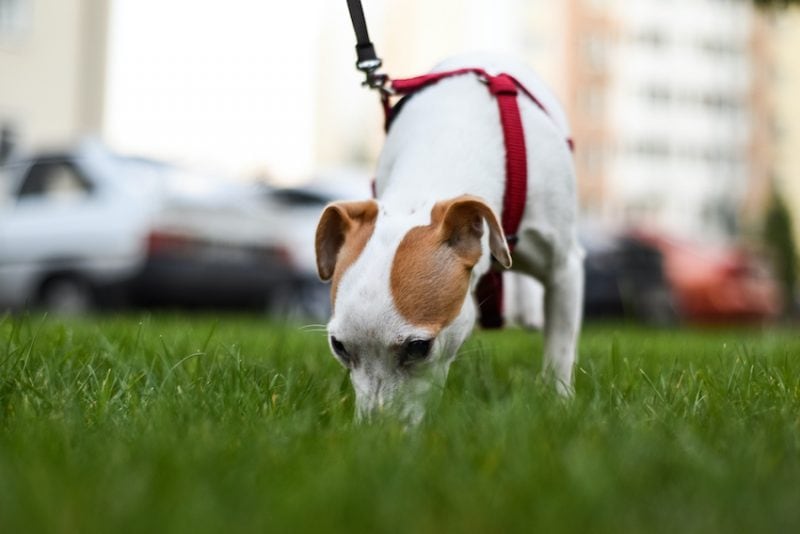
For many dogs, walks are as much about mental enrichment as physical exercise. Dogs rely on smell as their primary sense for interpreting the world, and keeping your dog isolated in your home without access to the great wide world of smells is akin to putting a blindfold on yourself!
A rewarding walk for a small dog doesn’t have to be long — just attach your dog to a long line and let him sniff to his heart’s content. Your pooch might spend 20 minutes just sniffing the street in front of your home, but that’s 20 minutes well-spent on your dog’s mental enrichment.
If walks are not possible, playing fetch, doing some backyard agility, teaching your dog a new trick, or giving him a food puzzle will tire him out and give him something to do.
Your dog should have several periods of scheduled activities every day. You can mix and match those — for example you could do a walk around the neighborhood in the morning, a trip to the park in the afternoon, and a trick training session before bedtime.
2. Small dogs need socialization
When it comes to socializing small dogs, imagine that your pup will be 90 pounds instead of 9 when full grown! You should socialize your dog exactly like you would if he was a large breed.
That means taking him to puppy and socialization classes, exposing him to new places frequently, and taking him along to public places such as an outdoor mall or a restaurant patio.
Dogs need ongoing exposure throughout the first two years of their lives in order to form lasting positive memories. Even after those two years, you should regularly take your dog to different places and let him experience novel situations.
3. Be careful with dog parks
When it comes to dog parks for small dogs, owners need to decide on an individual basis if they will be beneficial for their dogs or not. Some dog parks can be useful to tire out the pups and give them much-needed social experiences.
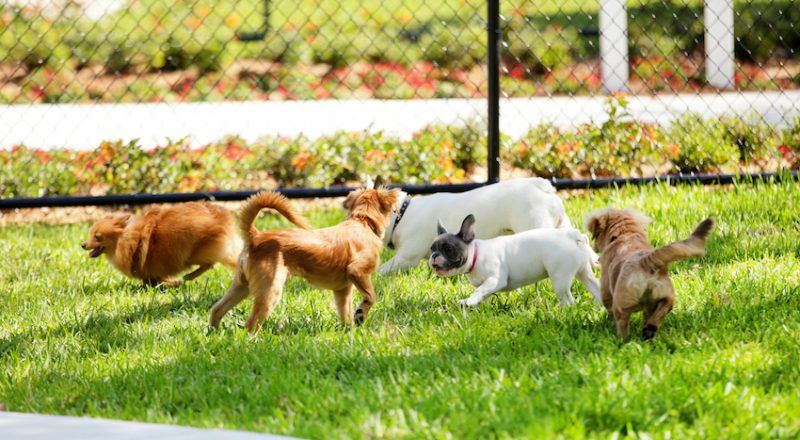
On the other hand, some dog parks are frequented by already poorly behaved dogs, and their behavior can and will wear off on your dog. If your local dog park has dogs that bark, nip, and show reactive or aggressive behaviors, do not take your dog there — it will make the small dog syndrome worse! Opt for dog park alternatives, instead.
Also, try to stick to dog parks that have a separate section for small dogs only, so your petite pooch won’t have to go toe-to-toe with a bunch of giant pooches twice his size. Imagine throwing an 6th grader into a football game with high school athletes — that’s how intimidating the dog park can feel for a little guy surrounded by extra-large doggos.
4. Respect Your Small Dog’s Wishes
Because small dogs are easier to physically maneuver, they are often the victims of unintentional coercion. If a large dog is afraid of jumping into a lake, there isn’t much an owner can do to force the issue (outside of gentle encouragement like throwing a tennis ball into the water or offering treats).
However, little dogs can easily be picked up and placed into the water against their will.
Some may not see anything wrong with this action, and no doubt owners hope that this kind of action will show a dog that the water is not something to be afraid of, but celebrated!
Sadly, the dog doesn’t always take that lesson away. Instead, a small dog may learn that his owner can’t be trusted and will not respect his personal boundaries. He may feel that he must resort to snarling or biting in the future to keep from being picked up against his will.
All dogs, no matter what their size, deserve respect. If a small dog does not want to be picked up, don’t pick him up. Consent is a real issue for dogs, especially the little guys. Teach your small dog that you won’t use your larger size to force him to do what you want, and you’ll go a long way to strengthening your relationship.
The Bottom Line
Small dog syndrome is commonly seen in lap dog breeds, but the issue has nothing to do with the dog’s size. Instead, it has to do with how owners of small dogs treat their little companions. The smaller a dog, the less likely the owners are to provide adequate socialization, training, and exercise outlets. Dogs of every size need structure and routine to be well-behaved at home. In addition, they should visit public places in order to develop good manners in all situations.
If your small dog is showing any kind of concerning behavior (from reactivity over incessant barking to nipping), treat this like you would if he was a giant breed: Reach out to a professional dog trainer to address it. Do not disregard it simply because he is little!
Small dog syndrome is not “just” annoying for the owner: The prolonged stress of the nervous behaviors can actually negatively impact your dog’s health and wellbeing. It is in your dog’s and your own best interest to fix any existing behavioral issues.
Author’s Bio:
Steffi Trott is the owner and founder of SpiritDog Training. Originally training dogs in-person, she added online training to her business in 2018. Steffi strives to provide game-based, positive training solutions for owners and their dogs. When she is not training other owners’ dogs, she competes in dog agility or hikes in the New Mexico and Colorado wilderness with her own four dogs.
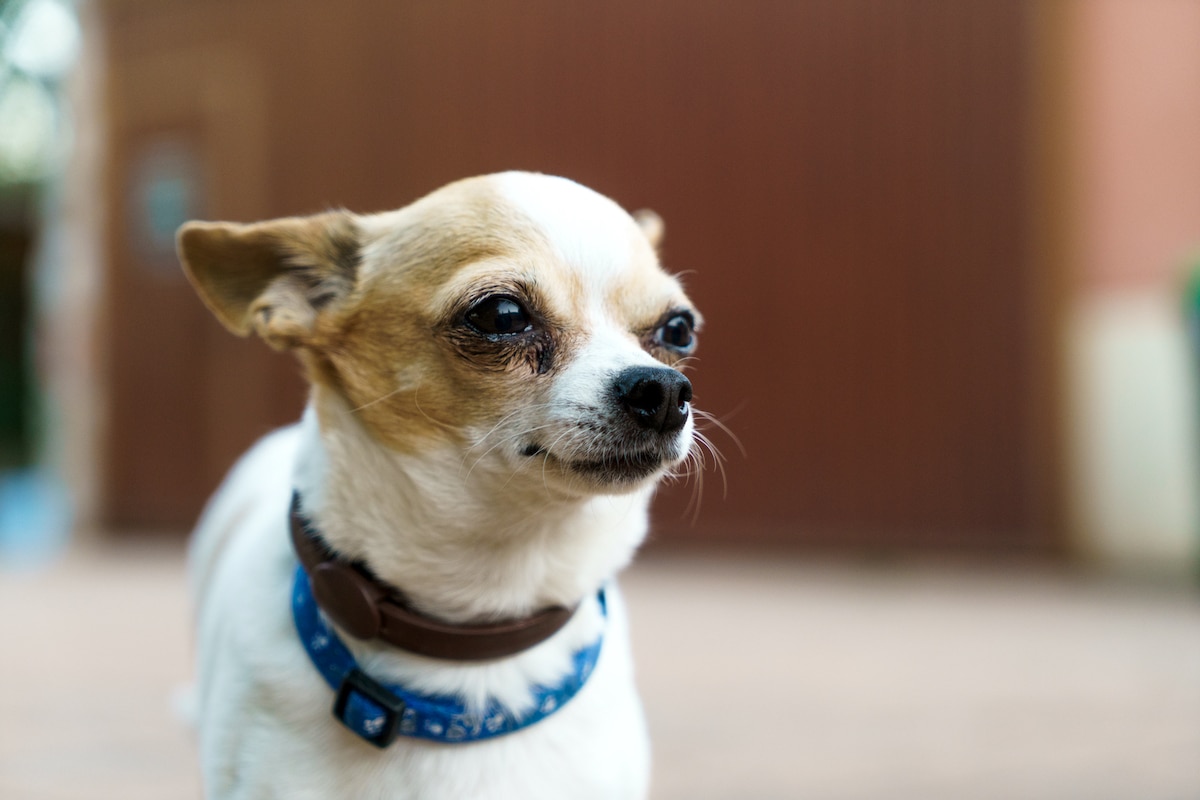



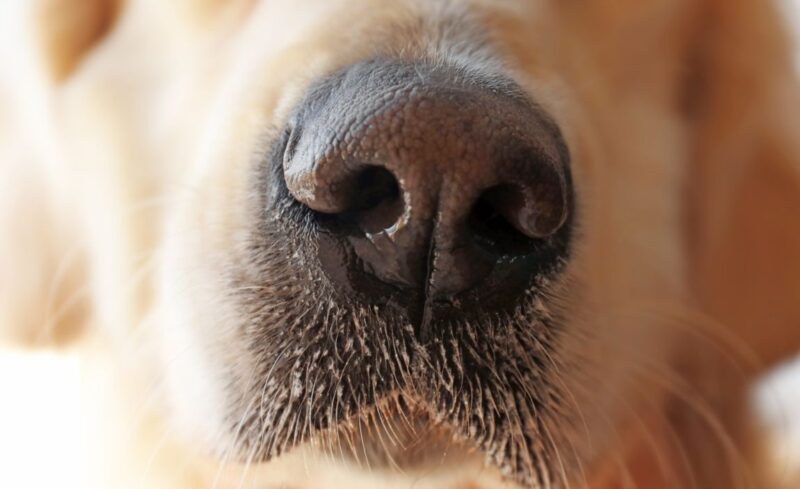
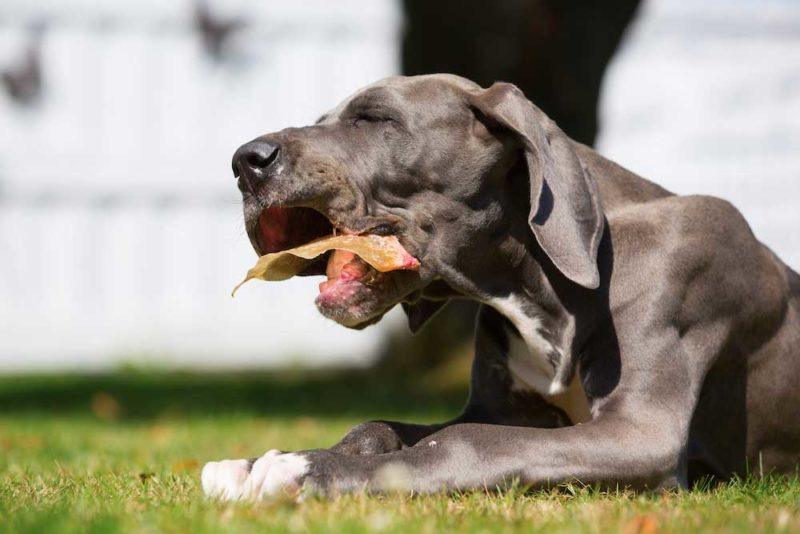
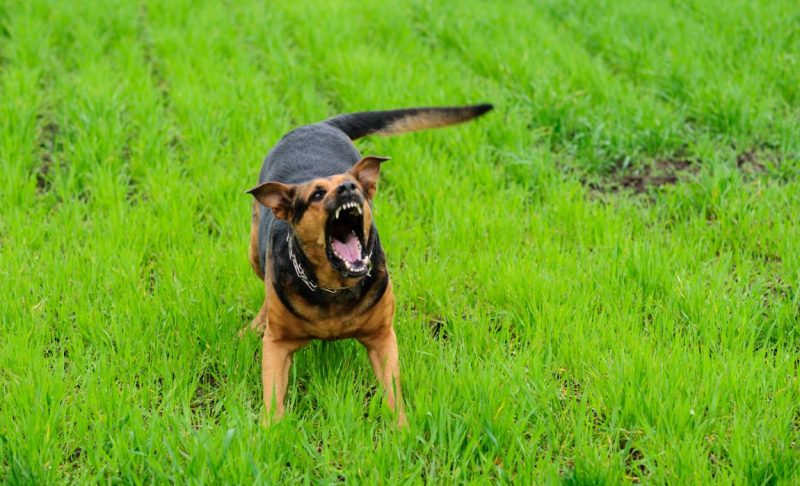

Leave a Comment